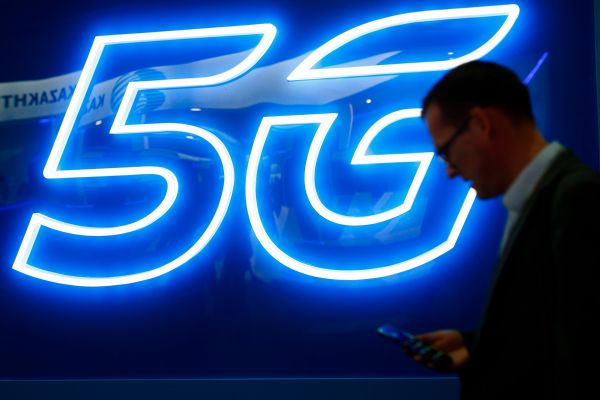
The essence though remains in the midband– frequencies that can support a mix of range, latency and bandwidth that might become a mainstay of 5G technologies, especially as a bridge for tradition infrastructure and gadgets.
Today, the midband of U.S. spectrum is heavily utilized by federal government services like the military, which uses the spectrum for whatever from conflict operations to satellite connectivity. That has actually avoided industrial operators from accessing that spectrum and progressing with wider 5G implementations.
That’s why it is significant today that the White Home announced that the 3450 Mhz to 3550 Mhz spectrum will formally be handed off to the FCC for an auction that will enable private operators to gain access to midband spectrum. Given the legal procedure included, that auction is expected to occur in December 2021, with private operation of services likely beginning in2022 Use of the band is anticipated to follow the spectrum sharing rules of AWS-3, according to a senior Trump administration official.
According to the White Home, a committee of 180 specialists was assembled from all the armed services and the Defense Secretary’s workplace to look at where a sector of the DoD’s spectrum could be freed up and moved to private usage to back 5G.
Such efforts remain in line with the MOBILE NOW Act of 2017, which Congress passed in order to stimulate federal government companies to speed up the process of assigning spectrum for 5G uses. That act encouraged NTIA, a company which recommends on telecom problems for the U.S. federal government, to recognize the 3450 Mhz to 3550 Mhz band as a major area of research study back in 2018, and earlier this year in January the company discovered “viable alternatives” for transforming the band to private use.
It’s the most recent positive step in the long shift of wireless to 5G services, which demands changes in innovation (such as the wireless chips in cell phones), spectrum allowance, policy development and infrastructure buildout in order to pertain to fruition.
Ted S. Rappaport, a professor of electrical engineering and the founding director of NYU WIRELESS, an academic research center focused on innovative cordless innovations, said that “It’s terrific news for America … and an excellent relocation for U.S. consumers and for the U.S. wireless market.”
“It’s not that far from existing 4G spectrum where engineers and specialists currently have great understanding of the proliferation.
There has actually been growing pressure on U.S. federal government leaders over the last few years over the plodding 5G transition, which has actually fallen back peer nations like China and South Korea. Korea in particular has actually been a world leader, with more than 2 million 5G subscribers currently in the country thanks to an aggressive commercial policy by Seoul to buy the country’s telecoms infrastructure and take a lead in this new wireless shift.
The U.S. has been faster at moving ahead in millimeter (high frequency) spectrum for 5G that will have the greatest bandwidth, however it has lagged in midband spectrum allocation. While the announcements today is significant, there will also be issues whether 100 Mhz of spectrum is sufficient to support the largest range of 5G devices, and thus, this allocation might well be just the very first in a series.
Nonetheless, additional midband spectrum for 5G will assist move the shift forward, and will also assist gadget and chip manufacturers start to focus their efforts on the specific bands they need to support in their products. While it might be a number of more years up until 5G devices are commonly readily available (and helpful) in the United States, spectrum has been an essential gating factor to reaching the next-generation of cordless, and a gate that is lastly opening.
TechCrunch.


